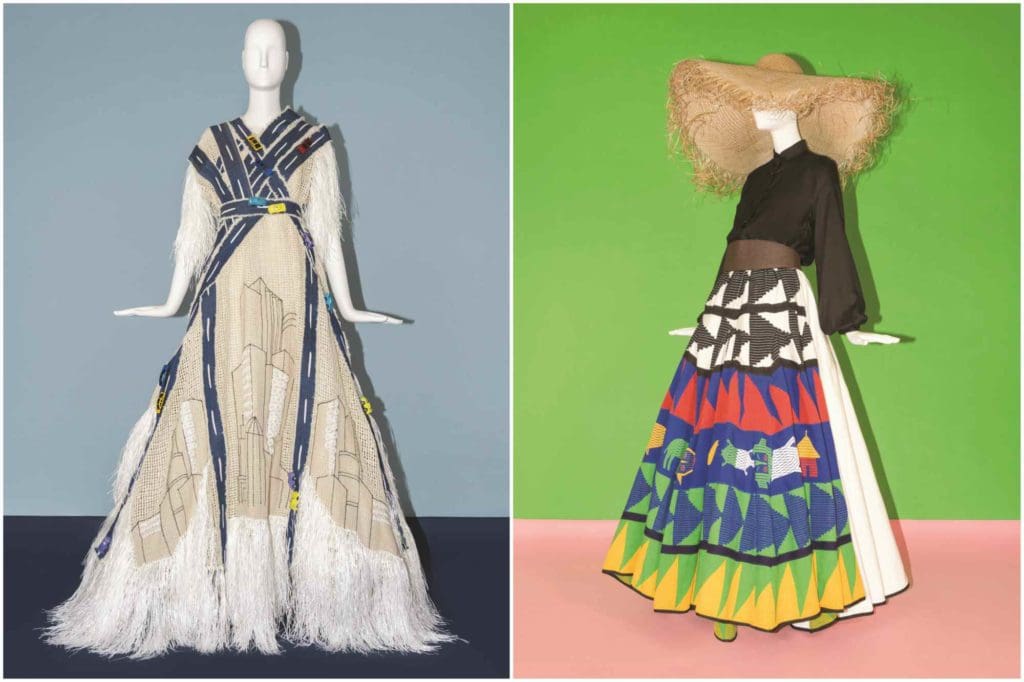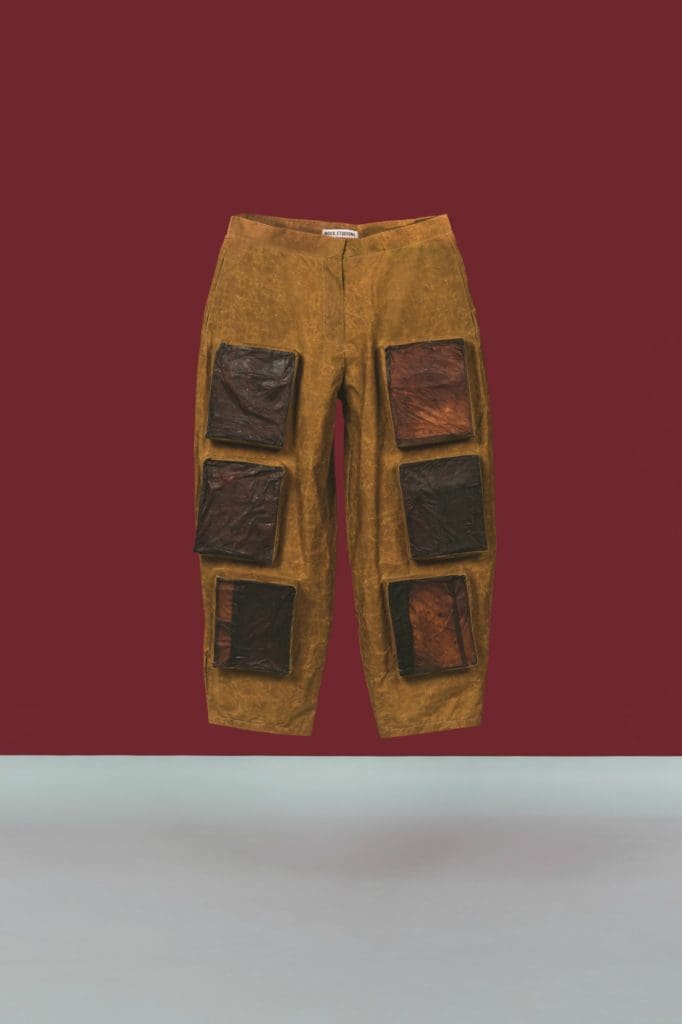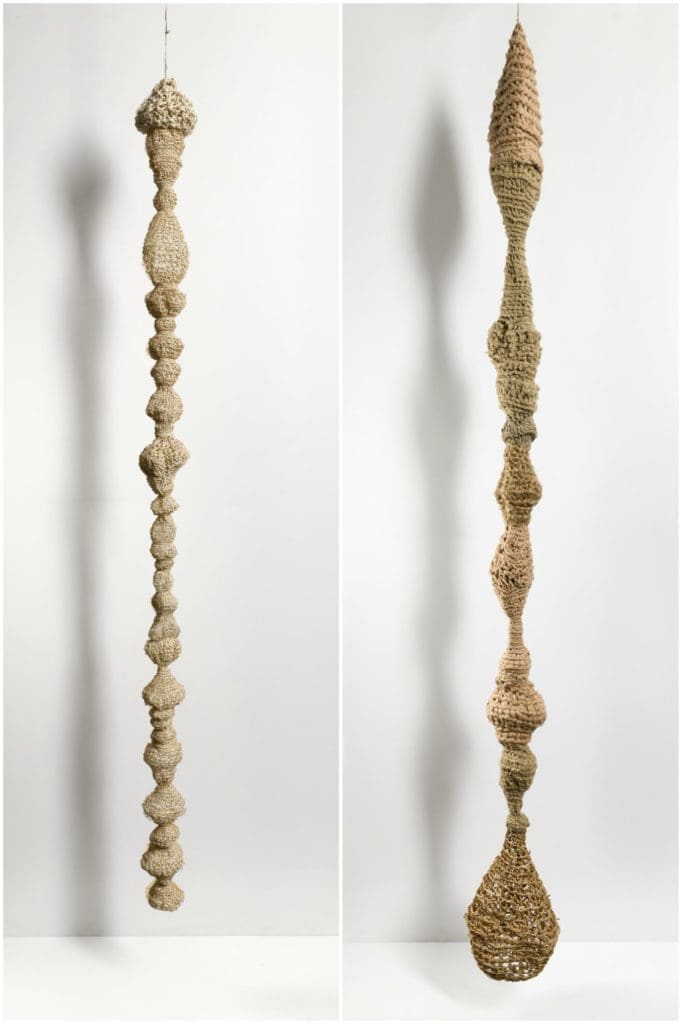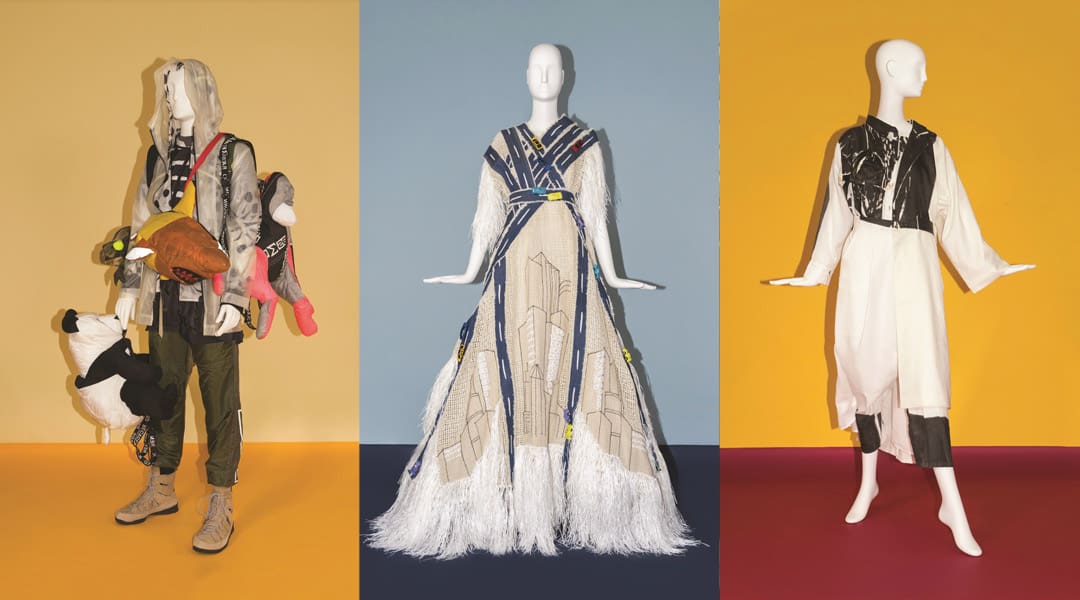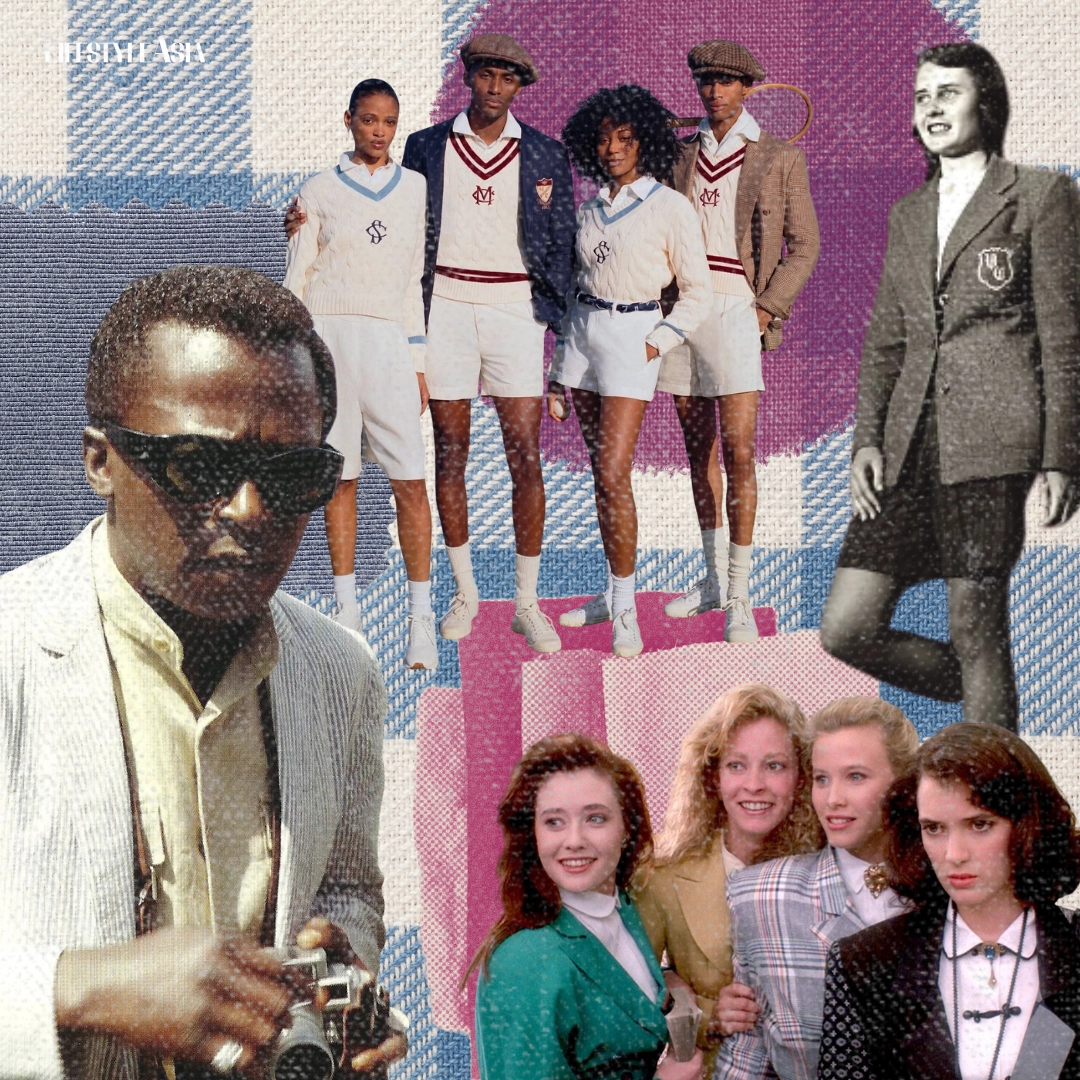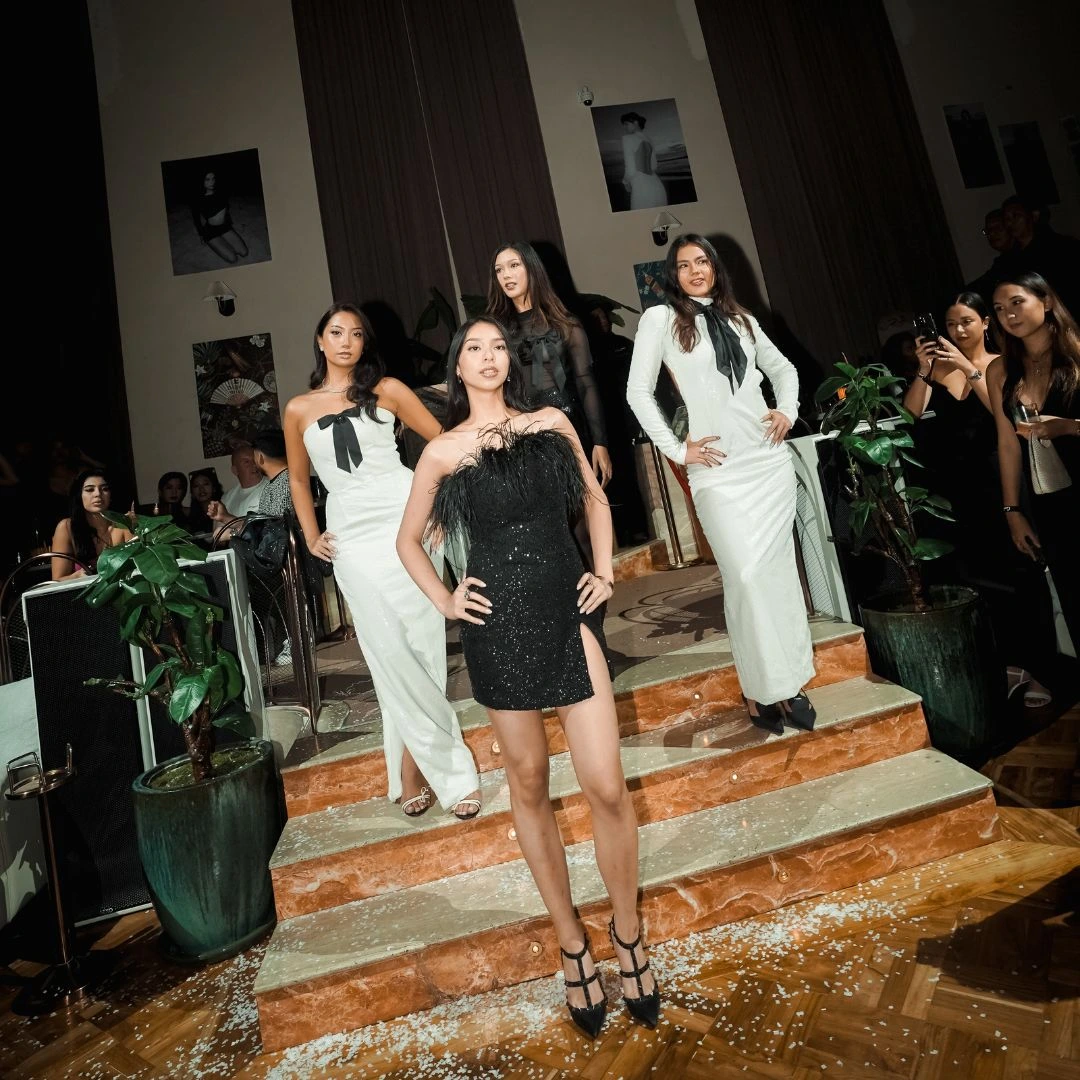As more environmental concerns arise across the globe, more businesses and companies are shifting to adopt sustainability in their materials and processes. It has become a positive challenge to preserve resources and maintain the balance in a fragile ecosystem. This is why it is crucial to develop a perspective from the urgency to improve the quality of life. In the fashion industry, Salvatore Ferragamo is known for the brand’s revolutionary use of organic and innovative materials in their designs. To present the results of their efforts, they open the Sustainable Thinking project in Museo Salvatore Ferragamo in France. The exhibition opened on April 12, 2019, and will remain open for viewing until March 8, 2020.
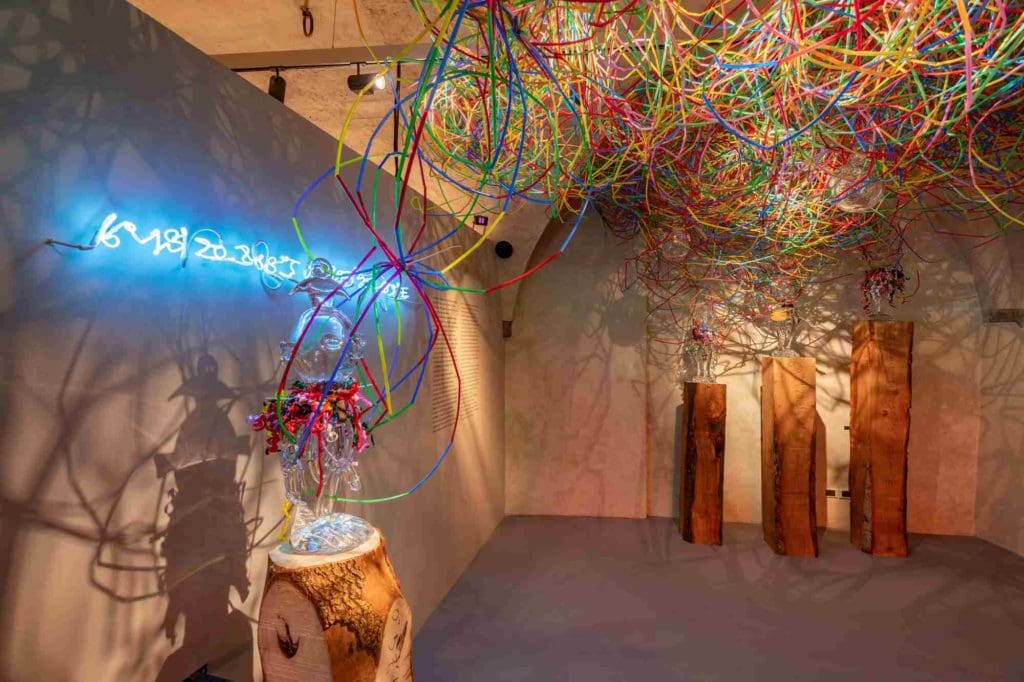
Embracing perspective
Sustainable Thinking features handcrafted works of international fashion designers and artists. They used natural and recycled materials to create these pieces as well as the art installations. The creations are products of interpreting the connections between fashion, art, technology, and nature. The works highlight the value of having a collective perspective and language concerned for the environment.
The exhibit starts off with the initial research of Salvatore Ferragamo. He explored how certain materials like cellophane, hemp, and fish skin can transform into quality products after their first life cycle ends. The research paves the way to find stories from the works that emphasize the cyclical movement of life.
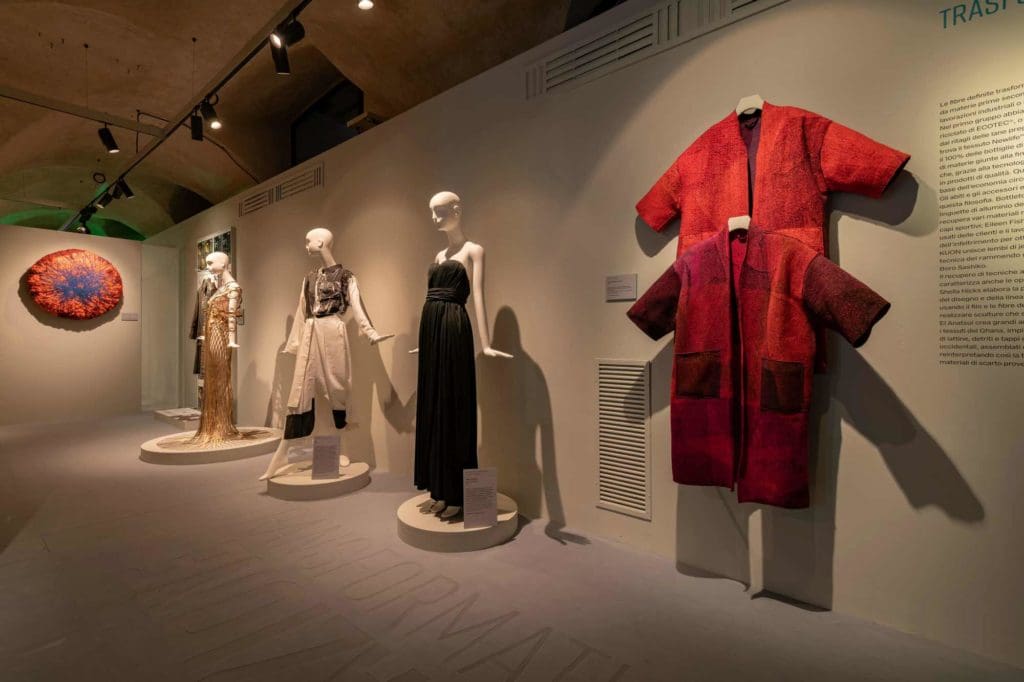
Knowing the fundamentals
Ancient techniques created the clothes and installations in the exhibit. These mark the fundamental aspect of sustainable thinking–bringing back traditions in handcrafting and at the same time, having a contemporary take on the works to show innovation.
These techniques also exhibit Salvatore Ferragamo’s emphasis on bonding with local communities and artists from geographical areas. Although there are differences especially in style, they all share a similar goal. They all speak of the desire to preserve the balance of the ecosystem using new technologies. In this way, a sustainable future is a path that fashion and art will be moving along starting at present.
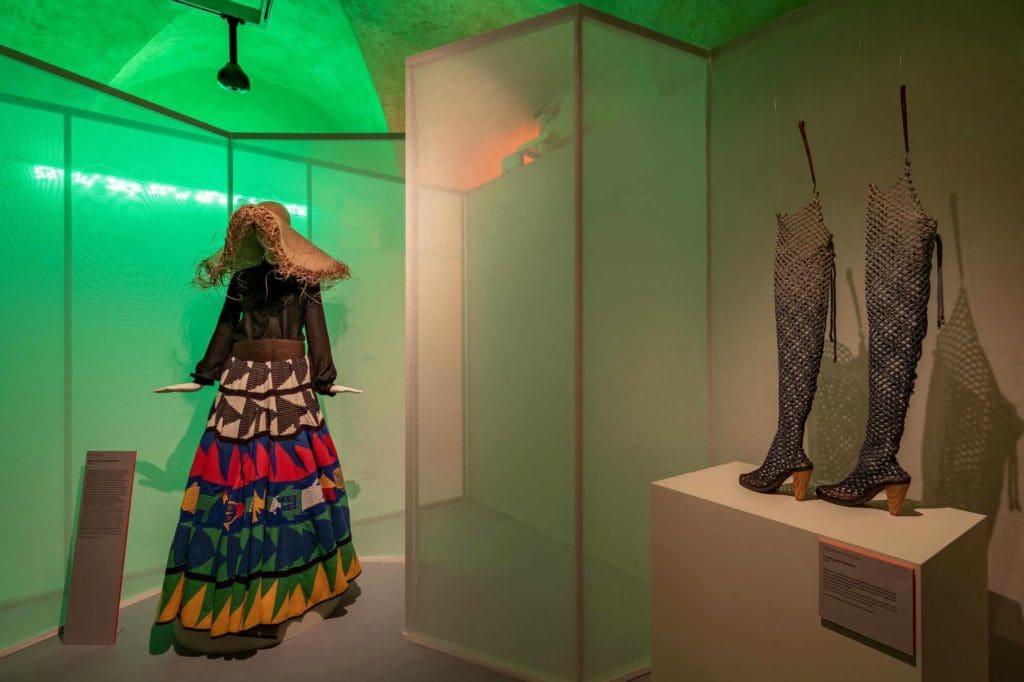
Exploring the exhibit
The first section of the project takes the audience into the world of sustainability. A large touch screen presents information and images of the manufacturing processes. The interactive experience makes for a better understanding of the changes within the fashion industry.
Pascale Marthine Tayou created the first installation to be seen called Invasion. It features colorful “contaminated landscape” or a metaphor of the ecosystem. The works and sculptures allow the audiences to perceive the instability in our planet yet at the same time, suggest hopeful redemption for it.
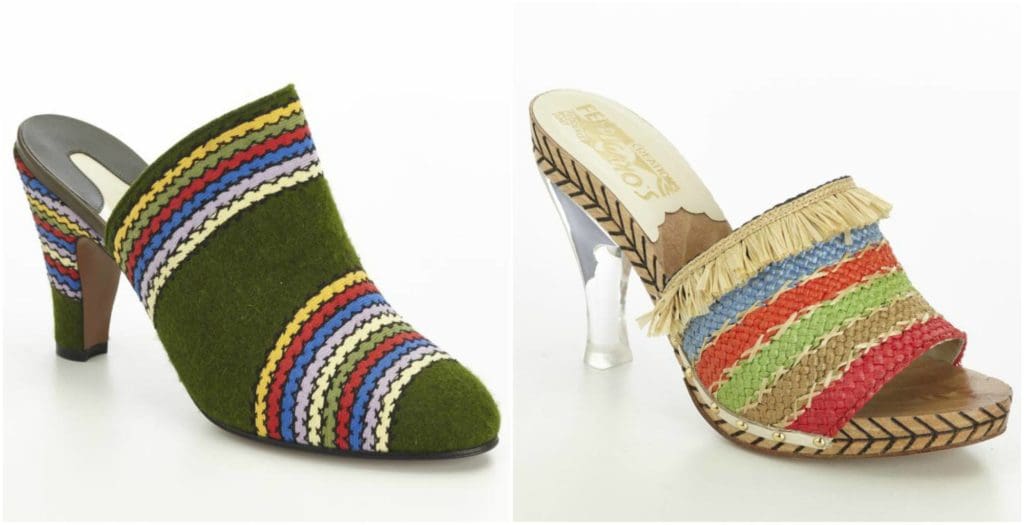
The second section features the research and works of Salvatore Ferragamo since the 1920s. He emphasized how the connection of ideas and materials, together with outstanding talent and skill for innovation, can creatively modify products. From humble materials like bark, raffia, and paper to the traditional Italian craftsmanship using leather hides, these pieces made up beautiful and luxurious products. These include comfortable and durable footwear displayed in the exhibit.
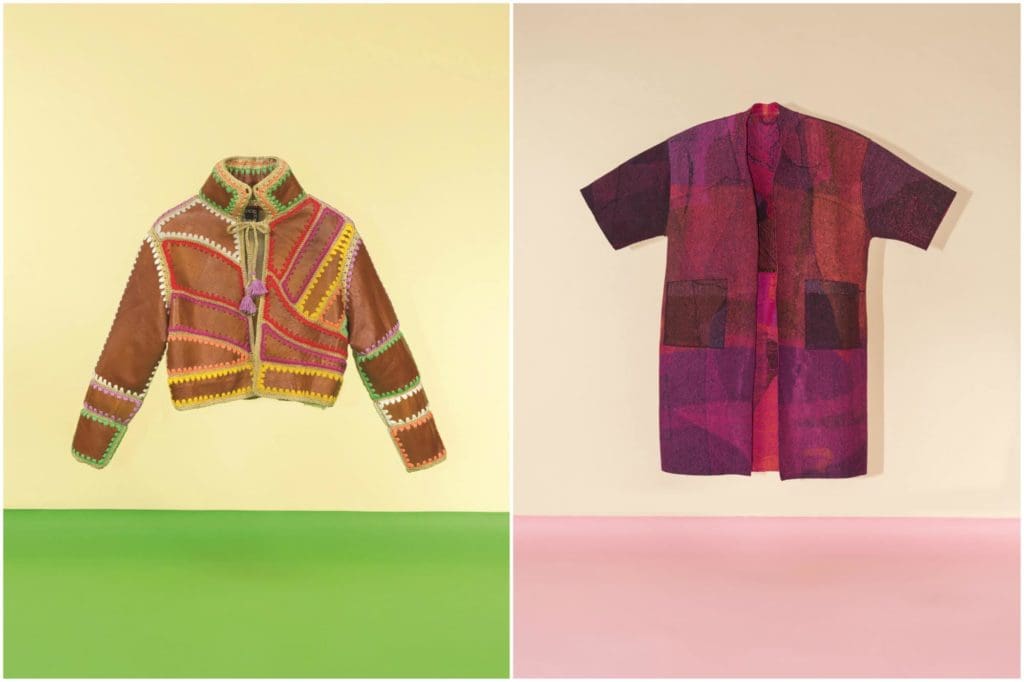
The third section presents the clothes, accessories, and works of art. After the end of their first life, innovative and mechanical techniques modified them. They are then transformed into high-quality products. These processes show not only the reusability of scraps but also the attitude of the artist towards natural materials.
Perhaps the entire project can be perceived as idealistic, even a utopia for some. Yet the urgency to respond to environmental issues is real. It requires a collective effort from various forces. From artists and scientists to scholars and art historians to ordinary people, we all must have a sustainable way of thinking and practice this in our respective industries to protect our planet.
Scroll down to see more of the pieces and installations of the exhibit.


